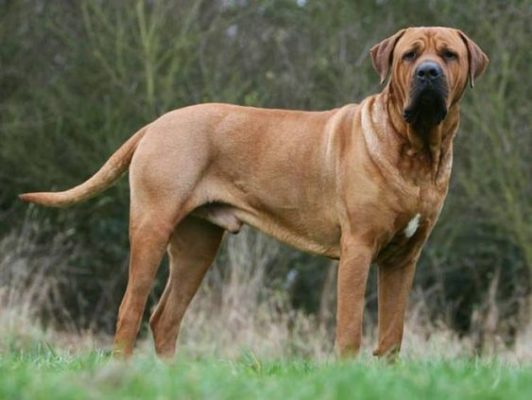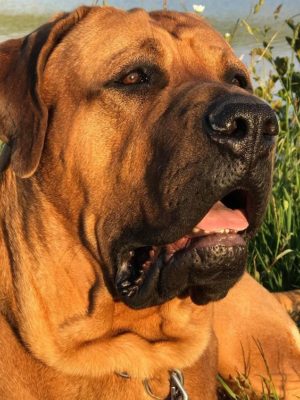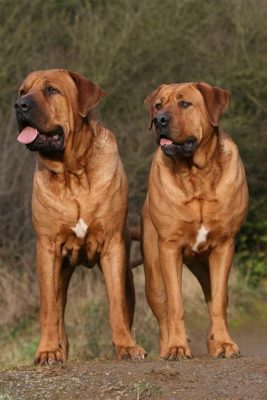Tosa
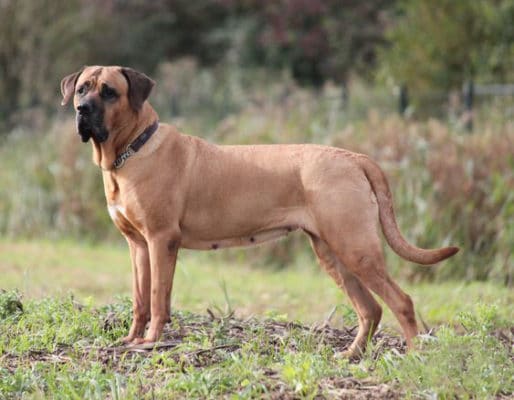
Tosa has a robust and strong-willed character. They are real fighters and will not obey a person who is weaker than them. From the very beginning, you need to clarify to him who the boss is in the house. They are great defenders and guards of the home. The Tosa has a well-developed desire to protect their territory so that you can be sure – they will never let a stranger in. Tosa loves to play with children and respect all family members but always obeys only one person.
Table of Contents
Breed Information
| Another Name | Tosa-Ken, Japanese Mastiff, Japanese Tosa, Japanese Fighting Dog, Tosa Fighting Dog |
| Origin | Japan |
| Height | Males from 60 cm Females from 55 cm |
| Weight | 40-90 kg |
| Fur | Short, rough, dense |
| Color | Red, pale, apricot, black, tiger |
| Lifespan | 8-12 years |
| FCI Classification | Pinscher and Schnauzer – Molossoid and Swiss Mountain and Cattledogs |
| Group | Watchdogs, protection dogs (guard dogs) |
| Price | $600-800 |
Breed Photos
Origin History
This breed is considered the only Molosser that was bred in Japan. It appeared around the Edo period (1603-1868) and was used in battles for the samurai. At that time, they were still distant relatives of today’s Tosa.
Soon Europeans began to come to Japan en masse and transport their dogs. The Japanese started to work on breeding a breed that would be a traditional symbol of their country. Thus began the breeding work on the emergence of the Tosa.
During World War II, the number decreased, but not critically, as many breeders hid the dogs in the northern provinces where they were safe. The breed was officially recognized in 1964. Now the Tosa is very popular in its homeland, South Korea, Taiwan, and Hawaii. But in other countries, they are hardly ever used.
Appearance
The Japanese Mastiff has a large build and well-developed muscles. They are huge and can weigh from 40 to 90 kg. Bitches are slightly shorter, their height – from 55 cm, in males – from 60 cm.
The head is massive, slightly wide. The Tosa has flawless teeth and a strong jaw. The eyes are small, usually dark brown. The ears are set high, tightly against the cheekbones. Tosa has a thick tail, slightly downward.
The pet’s coat is short, tight to the body, stiff, smooth. Color can be red, pale, apricot, black, tiger. It may have white markings.
Character
Tosa has a robust and strong-willed character. They are real fighters and will not obey a person who is weaker than them. From the very beginning, you need to clarify to him who the boss is in the house.
They are great defenders and guards of the home. The Tosa has a well-developed desire to protect their territory so that you can be sure – they will never let a stranger in. Tosa loves to play with children and respect all family members but always obeys only one person.
These dogs are fearless, and nothing can ever scare them. They have a well-developed ability to assess the situation and make quick decisions. They treat other animals calmly, tiny cats and rodents. But if there is another dog in the territory, it can create competition.
Care
The apartment is not suitable for keeping them. It is better to live in the countryside on a private plot. They should not be kept on a leash or chain; it is better to equip an aviary. Twice a day, you need to walk the dog and do not forget the leash.
The dog needs plenty of exercises – he can be allowed to run long distances, play, and compete with other dogs. Without activity, the Tosa’s character can deteriorate.
Twice a year, the dog molts, but the Tosa does not have a lot of hair, so it is not a big inconvenience. The coat is combed out three times a week; during standard times, once is enough. Because of the small amount of hair in winter, it is best to take the dog inside at night to keep him warm.
Training
From an early age, puppy socialization is essential. It would help if you spent a lot of time with other people, to teach the dog to treat other animals properly and walk outside a lot.
It’s essential to show the puppy right away who’s the boss in the house, don’t let the puppy sleep on your bed. The Tosa needs a firm owner, not a caring parent, so he should not be cuddled and petted much. Of course, it’s essential to show your love from time to time, but make sure it’s not too much.
It is better to use praise and affection in training because representatives of this breed cannot stand criticism and raising their voices. A significant advantage of dogs is that they can understand the language of gestures and noise in addition to commands.
Common Diseases
The dog is not prone to genetic diseases, but it can be prone to joint dysplasia. Allergies to dust, certain foods, and medications can also occur in the Tosa. The allergies subsequently cause dermatitis, which is very difficult to deal with.
Nutrition
Tosa can eat both natural food and food. It is better to consult a doctor and choose the best way of feeding. It is suitable for them to eat by-products, lean meat, raw fish (but it is desirable to remove the bones).
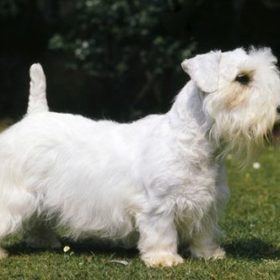 Sealyham Terrier
Sealyham Terrier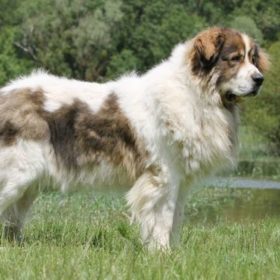 Pyrenean Mastiff
Pyrenean Mastiff Gończy Polski
Gończy Polski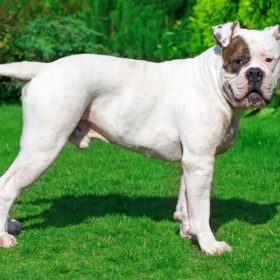 American Bulldog
American Bulldog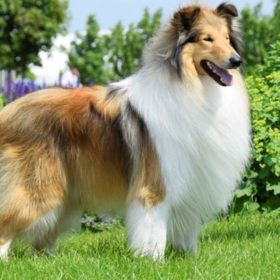 Rough Collie
Rough Collie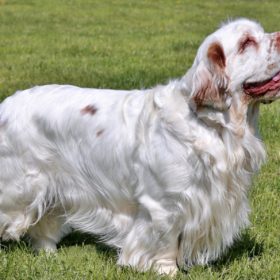 Clumber Spaniel
Clumber Spaniel